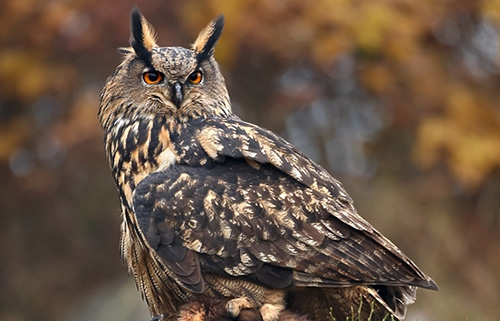So what
about Quiétude?

These days, many of us venture out into the great outdoors for our leisure activities. There are also a number of long-standing professional activities that use the natural environment. In order to share the limited space and respect the needs of people and wildlife, these various uses need to be reconciled.
The Quiétude Attitude programme has been designed to make as many people as possible aware of the location of the designated “quiet areas”. It promotes a set of good habits to be adopted in the natural environment to maintain the peace and quiet necessary to wildlife survival.
Special resources have been created to help professionals in the tourism and leisure sectors share messages and raise awareness among the general public.
Vulnerable wildlife
In winter, food is scarce and less nourishing. Animals need to spend more time feeding although days are shorter and it is more difficult to get around in the sometimes thick blanket of snow. Most animals survive thanks to fat reserves built up during autumn. By the end of winter, a chamois can lose up to half its weight. Tto have a chance of surviving winter, animals therefore need to limit their energy expenditure as much as possible.
The stress and ensuing flight triggered every time the animal is disturbed means more energy is spent, which can compromise the survival of the most sensitive species.
Birds and animals are also particularly vulnerable in spring and early summer, while nesting and rearing their young. Repeated disturbances can compromise the feeding of the young and even see the nest abandoned.
The stress and ensuing flight triggered every time the animal is disturbed means more energy is spent, which can compromise the survival of the most sensitive species.
Birds and animals are also particularly vulnerable in spring and early summer, while nesting and rearing their young. Repeated disturbances can compromise the feeding of the young and even see the nest abandoned.







